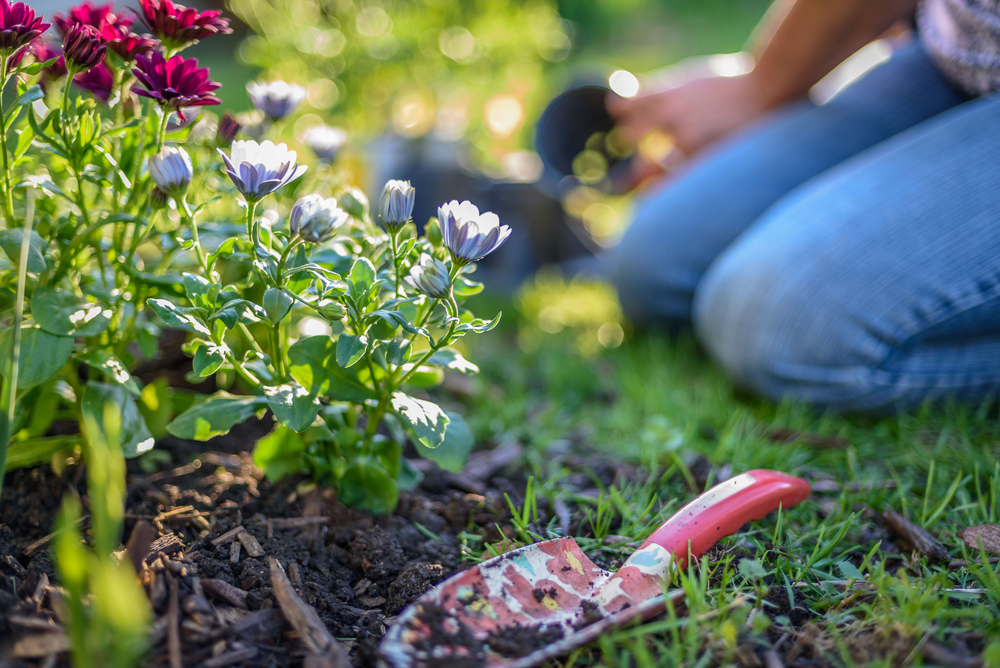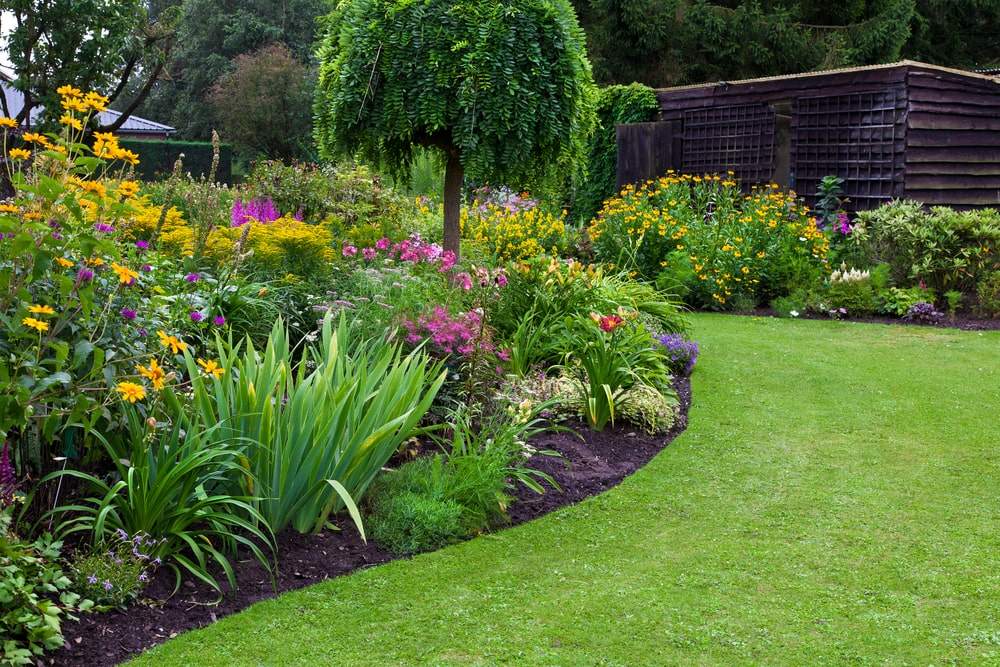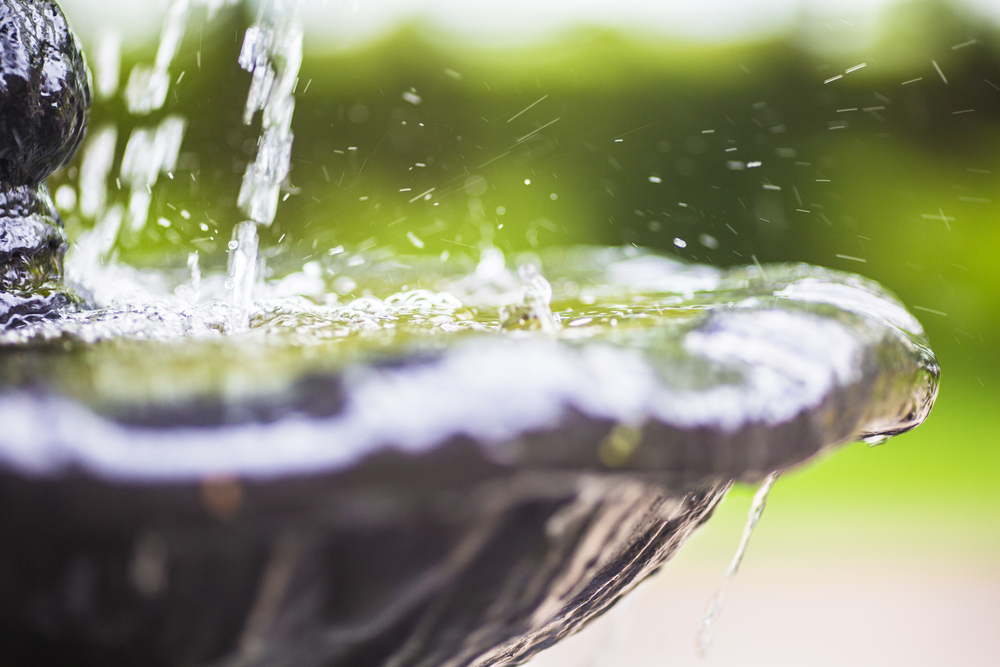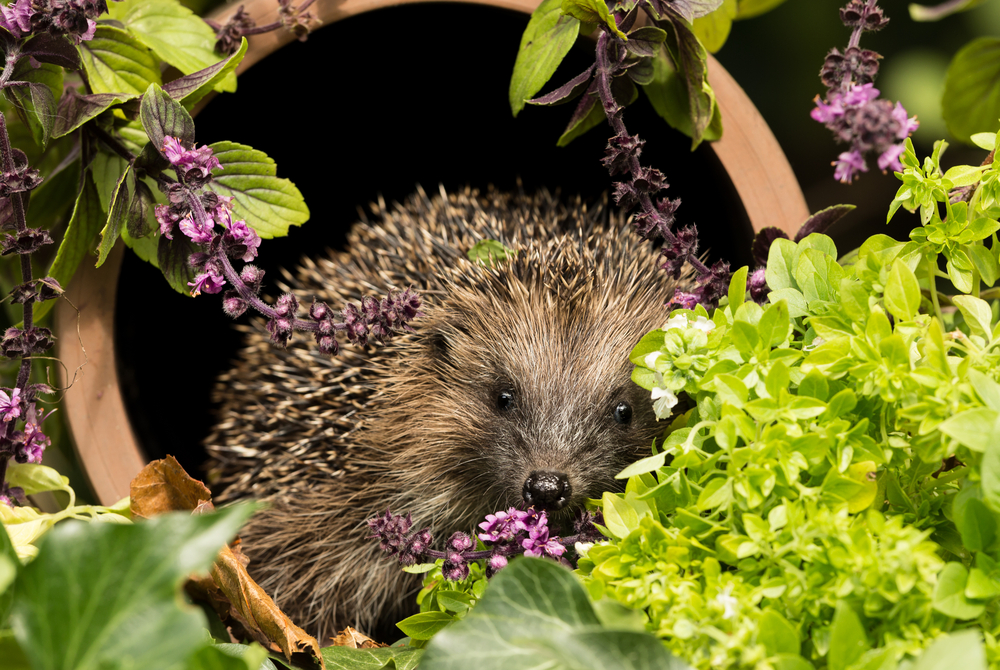
With a bit of care and attention, your garden could be a haven for little birds, hedgehogs and bumble bees. Follow these simple steps to make your garden wildlife friendly.
Flowers and weeds

- Try to avoid weed killers and artificial fertilisers on your lawn because these substances are toxic and harmful to both the environment and your health.
- Natural weed killer substitutes include boiling water, a good sprinkling of rock salt or dousing your weeds in horticultural vinegar.
- Allow some weeds to grow by not mowing your lawn as often. Clover, for instance, can provide your grass with much-needed nitrogen.
- Incorporate flowers that are rich in nectar and pollen. Lavender, foxgloves, rosemary, thyme, garlic mustard and thistles are great for attracting butterflies and bees.
Trees, grass and shrubbery

- Climbers, hedges and trees can offer shelter, food and cover to birds. Choose native hedges such as blackthorn, hawthorn and holly, perhaps with a crab apple or rowan as well. If you plant dog’s violet underneath and allow leaves to gather, this can attract hedgehogs and insects.
- Plant berry-bearing bushes and trees such as, dog rose, whitebeam, honeysuckle, ornamental cherry, pyracantha and berberis. This will help birds and squirrels get through the winter months. Berries and fruit that falls on the ground can be enjoyed by a range of different insects and animals including hedgehogs, and squirrels.
- Try to have a few areas of un-cut long grass in your garden. The daisies, dandelions and buttercups that shoot up will look pretty and the wild patches can boost insect diversity. This is good news for birds who feed off the flowers.
- A compost heap in an unused corner of your garden can attract hungry woodlice, worms, beetles, slugs, snails and other creatures. They in turn, provide the perfect meal for birds, frogs and hedgehogs.
Water features

- Consider having a pond, bird bath or fountain in your garden. It shouldn’t take long for frogs, newts and insects to settle in and birds will appreciate having somewhere to drink and bathe. Give your pond a natural slope on one side if you can to make it easy for creatures to walk into it and get out when needed.
- If you choose not to have a pond, you could consider putting out a dish of water for wildlife. All sorts of creatures may stop for a sip of water, especially in the winter months.
Shelter for wildlife

- Put up bat and bird boxes. A bat box needs to be around 10 to 12 feet high, in a sunny spot and be facing South to South East. Bird boxes should ideally be placed in trees, 10 feet up, away from bird feeders and in a sheltered spot. You need to make sure that they’re not accessible by cats.
- Install a bird table if you don’t have one already. Position it in a quiet place in your garden with a small bush nearby that the birds can sit on until they feel it’s safe to feed. Blackbirds and thrushes will happily feed on bruised apples. Others enjoy peanuts and bird seeds.
David Wilson Homes has partnered with the RSPB to encourage homeowners to invite wildlife into their garden. We’re also committed to providing green space in our developments by planting 20 trees or shrubs per home.
Visit our information page to find out more about how we're incorporating our biodiversity knowledge and desire for conservation into every development.



